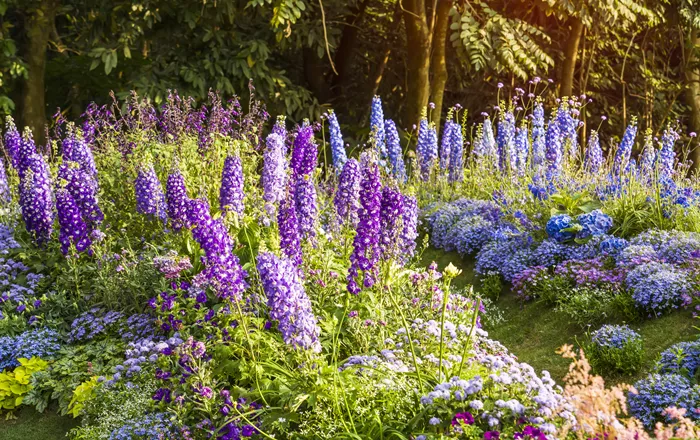If you’re new to gardening, you might have heard about keeping things simple. A great way to do this, even for experienced gardeners, is by growing self-seeding plants. These plants can save you time and money while bringing beauty to your garden year after year!
Self-seeding plants are special because they come back every year without you needing to plant them again. As long as the conditions are right for the seeds to grow, these plants can make your garden easier to maintain. Here’s how to make the most of self-seeding plants:
1. Choose the Right Self-Seeding Plants
Not all plants are good for self-seeding. If a plant is a hybrid, it might not grow the same as the parent plant when it seeds itself. For plants that grow just like the original one, you’ll want to choose open-pollinated plants. These plants breed true, meaning they will produce the same type of plant every time they self-seed.
2. Make Sure the Conditions Are Right for Germination
Every plant needs the right conditions to grow from seeds. Some seeds need light, while others need dry conditions. For example, I like to use a lot of mulch in my garden. While mulch is great for keeping moisture in, it can block some seeds from getting enough light or drying out. To fix this, I rake back the mulch in the spring or fall, or I use gravel or pebbles in certain spots where the seeds need different conditions.
3. Deadheading Can Help Keep Things Under Control
Some self-seeding plants grow so well that they can take over your garden if you don’t manage them. You might find yourself spending a lot of time thinning out unwanted plants. But don’t worry! If you deadhead flowers (remove spent blooms) or pull seedlings when they’re small, it’s much easier to keep things in check.
4. Enjoy the Surprises of Self-Seeding Plants
One of the best things about self-seeding plants is the surprises they bring. Sometimes seeds travel to new spots, far from where the original plant grew. In my garden, where things aren’t perfectly planned, I’ve found new plant pairings that I never imagined. I love how these plants naturally end up in spots where they thrive, without me having to do anything extra.
5. Self-Seeding Plants Improve Over Time
Self-seeding plants get better each year. As they grow, they adapt to the local environment, making them even more suited to your garden. They can also add more variety to your garden, which is great for the local ecosystem. Over time, you may notice that they grow stronger and healthier.
6. Don’t Forget About Perennials!
While I’ve focused on annuals, many perennials are also self-seeding. These plants can provide the same benefits, like giving you new plants every year. Some can even replace older or dead plants in your garden. Perennials can sometimes be more challenging to manage, but with the right care, they make great additions. Plus, they save you the cost of buying new plants!
In the end, self-seeding plants are a wonderful addition to any garden. They help reduce your gardening workload, add beauty, and even improve over time. Try experimenting with them in your garden—you might be surprised at how much they can enhance your outdoor space.


